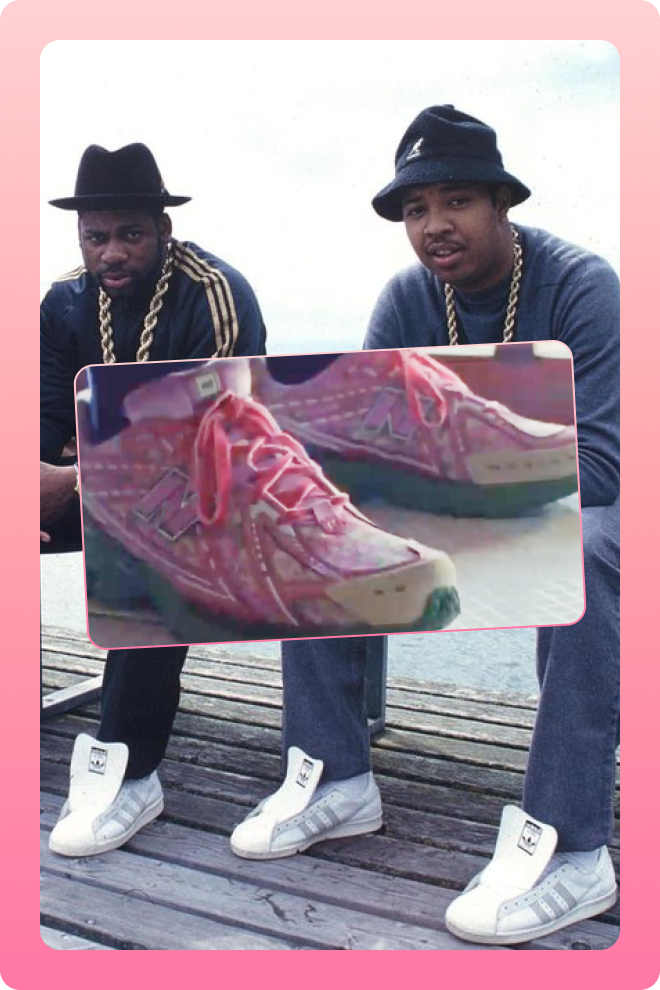- Handoff gaps occur when strategic intent gets lost between HQ and local markets
- Cultural intelligence failures have greater business impact than translation errors
- Real-time cultural feedback loops detect misalignments before they become crises
- Invest in cultural intelligence for competitive advantage, not just risk management
- Remember: done well, authentic local insight can also achieve global resonance
Key Takeaway: The handoff moment isn't a potential breakpoint for your campaign – it's where authentic global connection begins.
Global brands face a critical challenge: the handoff gap. This occurs at that pivotal moment when meticulously crafted global strategy meets local implementation – where strategic intent gets lost in translation and cultural intelligence vanishes.
When cultural missteps derail global campaigns – such as the outdated depiction of Thailand in Apple’s since-cancelled ‘OOO’ spot 1 – it’s not just reputational damage that CMOs must grapple with.
It's the systematic erosion of brand relevance in markets where nuanced understanding could have created a competitive advantage.
Last year, Adidas dropped half-Palestinian model Bella Hadid from its SL72 Olympic campaign 2 after failing to anticipate Israeli sensitivities, particularly surrounding the tragic events of the 1972 Olympics.

1The ‘Out of Office’ ad’s portrayal of Thailand has drawn criticism of Apple from local citizens and lawmakers.

2Adidas relaunched its coveted classic sneaker SL72 from the 1972 Munich Games with Bella Hadid as its model. It had to pause the campaign after backlash.
It wasn't a translation error, but a fundamental failure of cultural intelligence that damaged brand equity across multiple markets.
The handoff problem has evolved far beyond the comical translation errors of yesteryear – such as KFC's ‘Finger-lickin’ good’ becoming ‘Eat your fingers off’ 3 in Chinese, or Pepsi's ‘Come Alive! You're in the Pepsi Generation’ inadvertently suggesting necromancy.
Today's failures happen when the strategic ‘why’ behind campaigns gets filtered out between headquarters and local markets, leaving only the mechanical ‘what’ to guide implementation.
According to Edelman, boycotting brands based on their political associations is increasingly common.

3KFC's “Finger-lickin’ good” became “Eat your fingers off” in Chinese, showing how literal translations can completely derail brand messaging.
Business Insider recently explored how geopolitical tensions have forced US brands into defensive ‘de-Americanising’ campaigns – such as Kraft Heinz running full-page ads declaring its Canadian products are ‘made in Canada, by Canadians’ 4.
One UK ad executive describes it as the most “dramatic shift in brand behaviour” in 20 years, and it’s happening across Europe too.
For CMOs, these are fundamental shifts in how consumers evaluate brand authenticity and cultural sensitivity. Missteps from global brands can cause PR headaches and, in more extreme cases, damage the bottom line and boost local rivals instead 5.
But at the opposite end of the scale is a risk-averse retreat to homogenisation. Sanitised, easily rubber-stamped messaging seems safer, but this approach can be equally damaging.
Because when every message becomes so generic it could apply anywhere, brands are vulnerable to competitors who better understand cultural nuance.
Done beautifully, local nuance can translate back the other way too.
4Video of the end on the Kraft ad off of youtube
5Clip from Egypt's local beverage brands Spiro Spathis reel on their website
Rather than designing for global palatability, W Conran Design Group’s visual identity for Paris 2024 celebrates authentic Paris: “Made for Parisians, shared with the world.”
Eschewing postcard clichés, the agency created a bold, modular system inspired by pavés – the iconic streetscape that Parisians encounter daily.
Its recent D&AD Black Pencil win proves how local understanding, not generic universality, can achieve resonance on a truly global stage.
In the future, AI-mediated handoff systems will help capture the strategic intent of global campaigns, ensuring the ‘why’ travels with the ‘what’ across different territories and cultures.
But technology alone can't solve fundamentally human challenges – or anticipate all the topical cultural minefields that can sink a campaign.
For CMOs navigating this challenge, three priorities should top the agenda: elevate handoffs from operational to strategic by involving local teams in strategy development; invest in intent-transfer systems that make the ‘why’ as clear as the ‘what’; and build continuous cultural intelligence as a core competency.
These investments aren't just risk management – they're opportunities to create competitive advantage through cultural resonance.
The handoff gap represents both the greatest vulnerability and the greatest opportunity in global brand management.
CMOs who view cultural adaptation as merely defensive will continue struggling with vanilla messaging. But those who embrace cultural intelligence as a source of creative inspiration will thrive.








